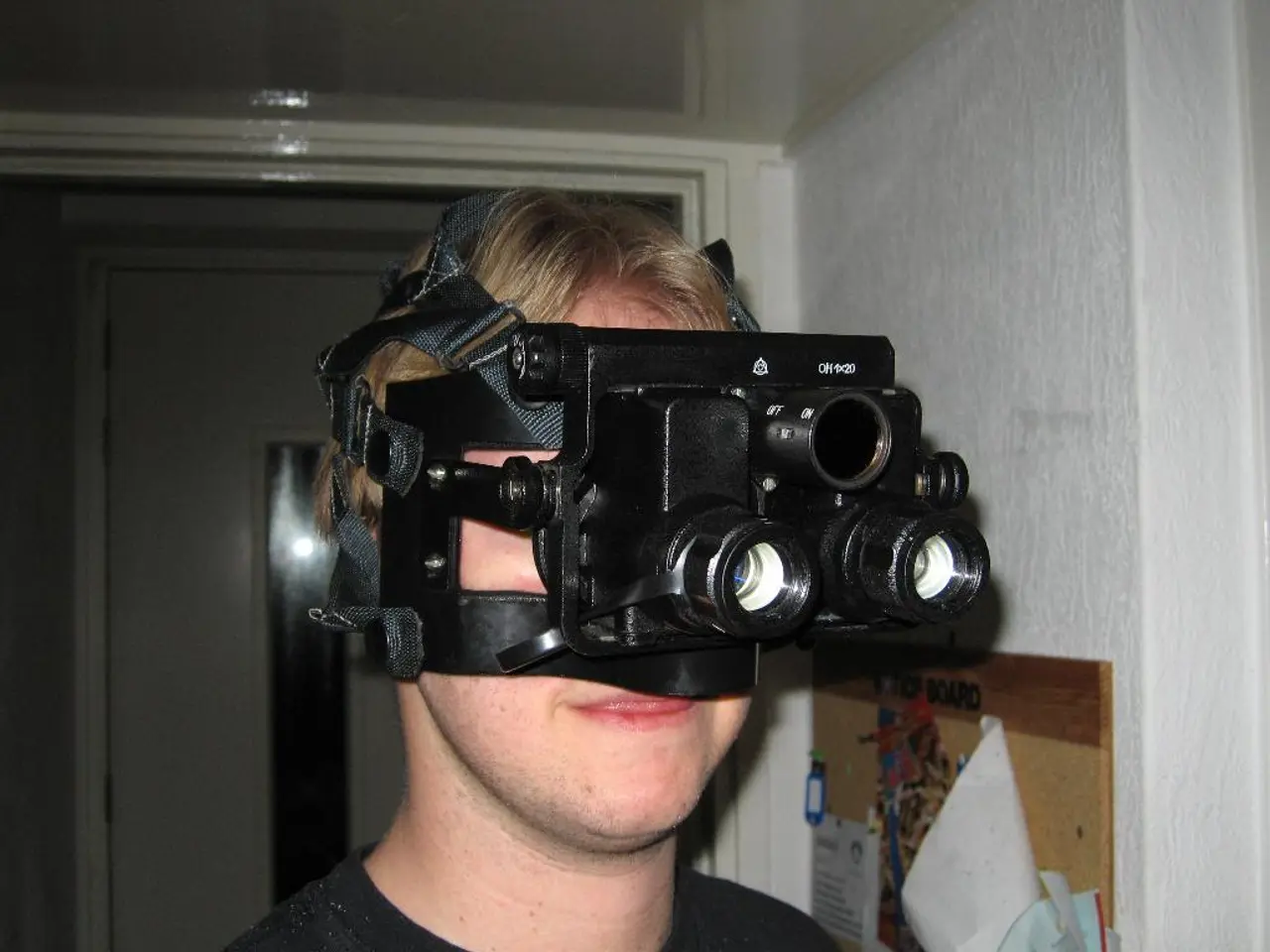Advantages of Virtual Reality in Building and Construction Industry
In the ever-evolving world of construction, Virtual Reality (VR) technology is making a significant impact. This innovative technology is transforming the way projects are designed, planned, and executed, offering numerous benefits that are reshaping the industry.
One of the key advantages of VR is its ability to provide immersive design visualisation. Stakeholders can now explore 3D models interactively via virtual walkthroughs, enhancing their understanding and speeding up approvals. This immersive representation offers a clear, tangible view of the project before construction begins [1][2].
Remote collaboration is another area where VR technology shines. Teams in different locations can use VR to conduct virtual design reviews, clash detection, and problem-solving sessions together, significantly reducing delays related to coordination and improving communication efficiency by up to 40% [1][2][4].
VR technology also plays a crucial role in identifying potential issues early in the planning stages. Advanced 3D Building Information Models (BIM) augmented with VR help detect structural, Mechanical, Electrical, and Plumbing (MEP) conflicts, thereby reducing costly on-site errors and reworks [1][3].
Safety is a paramount concern in construction, and VR technology addresses this issue effectively. By simulating hazardous construction scenarios in controlled environments, workers can be trained effectively, thereby reducing the number of on-site accidents [1][3].
VR technology also contributes to reducing project timelines and costs. Immersive VR environments can catch design flaws earlier and facilitate real-time client feedback, leading to a reduction in project timelines by up to 30% and overall project costs by up to 30% [4].
Client engagement and decision-making processes are also improved with VR technology. Clients can experience a project virtually, leading to faster and more informed decisions while minimising expensive design changes after construction starts [2][3][4].
The integration of Artificial Intelligence (AI) and advanced visualisation further enhances VR's capabilities. AI-powered real-time rendering, originating from gaming technology, enables automation of design iterations, real-time clash detections, and optimised plan simulations based on energy performance and spatial efficiency [3].
In summary, VR in construction enhances accuracy, reduces errors, shortens project cycles, and improves stakeholder communication by providing an immersive and collaborative environment for design, planning, and training processes [1][2][3][4].
Moreover, VR technology can optimise construction processes, reducing labour costs and improving project efficiency. To ensure a successful and sustainable future for the construction industry, it is important to stay up-to-date on the latest trends and best practices in VR implementation.
References: [1] AEC Magazine. (2021). The Benefits of Virtual Reality in Construction. [online] Available at: https://www.aecmag.com/articles/97182-the-benefits-of-virtual-reality-in-construction
[2] Construction Dive. (2021). How virtual reality is transforming construction. [online] Available at: https://www.constructiondive.com/news/how-virtual-reality-is-transforming-construction/606772/
[3] Forbes. (2021). How Virtual Reality Is Transforming The Construction Industry. [online] Available at: https://www.forbes.com/sites/forbesbusinesscouncil/2021/03/24/how-virtual-reality-is-transforming-the-construction-industry/?sh=67c8f6655e0a
[4] The Construction Index. (2021). Virtual reality in construction: The benefits and challenges. [online] Available at: https://www.theconstructionindex.co.uk/news/view/virtual-reality-in-construction-the-benefits-and-challenges
VR technology facilitates real-time clash detections, thereby reducing costly on-site errors and reworks [3]. Additionally, VR technology improves client engagement by allowing them to experience a project virtually, leading to faster and more informed decisions [2].




